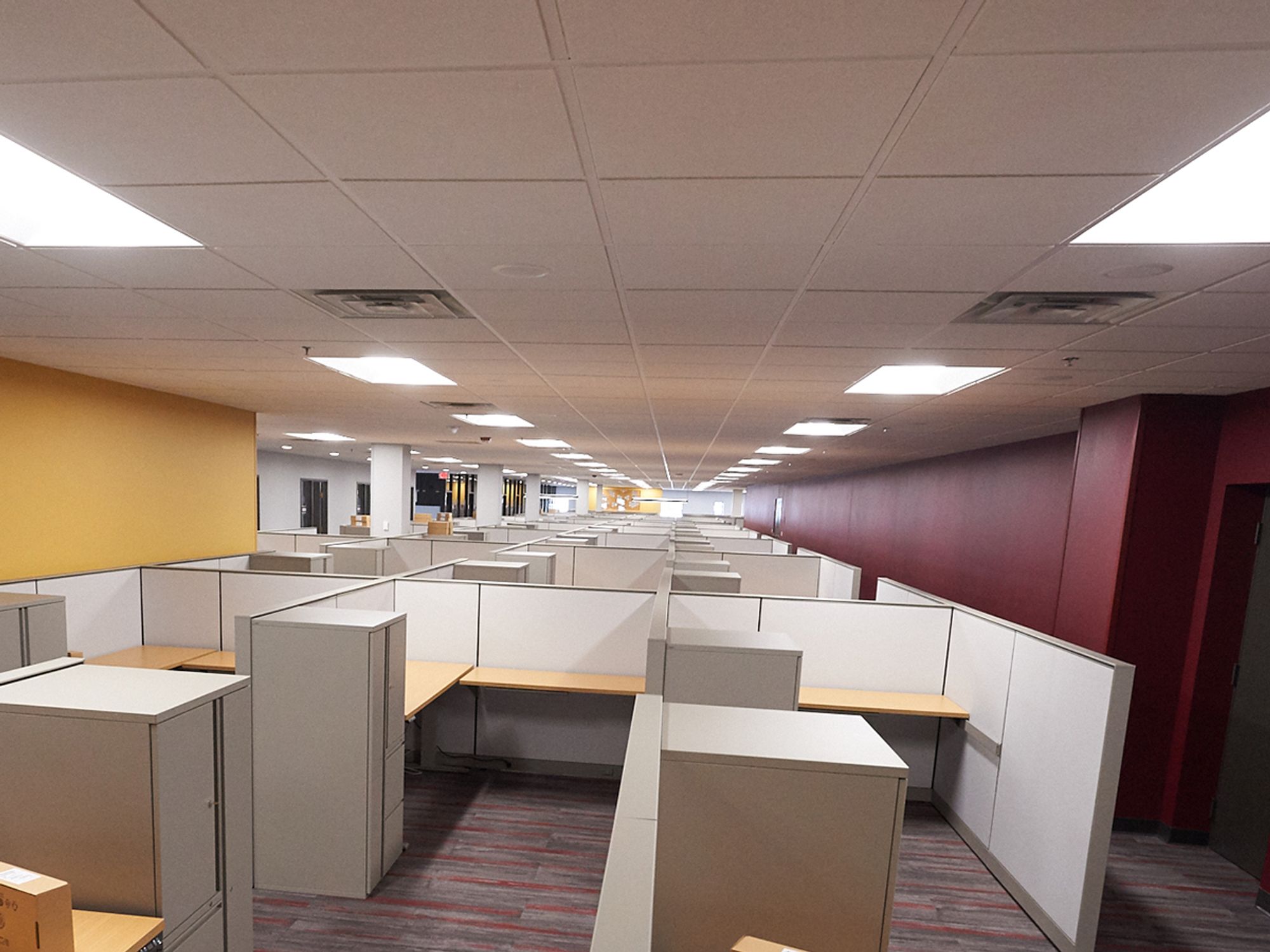Lighting — General industry

- OSHA does not usually specify the amount of illumination required in the workplace, although there are other standards that indicate recommended levels depending on the environment and work being done.
The Occupational Health and Safety Administration (OSHA)’s general industry regulations, for the most part, do not go into specifics about the amount of illumination required. OSHA’s Powered Industrial Truck standard is one of the few places that a specific illumination level is given. Paragraph 1910.178(h)(2) states, “Where general lighting is less than 2 lumens per square foot, auxiliary directional lighting shall be provided on the truck.” OSHA also addresses adequate lighting in the exit routes rule at 1910.37(b).
There is an American National Standards Institute (ANSI) standard for industrial lighting that is incorporated by reference (ANSI A11.1-65 — Practice for Industrial Lighting) in the OSHA standards for mechanical power-transmission apparatus (1910.219(c)(5)(iii)), pulp and paper mills (1910.261(a)(3)), and sawmills (1910.265(c)(2)).
In general, OSHA uses the General Duty Clause of the OSH Act to cite most hazards related to poorly-lit workplaces, often referencing the ANSI standard (which is now replaced by the Illuminating Engineering Society of North America (IESNA) RP-7: Recommended Practice for Lighting Industrial Facilities).
This industry standard provides recommended levels based on the type of work being done and the environment. Lighting needs vary depending on such things as amount of activity, hazard of the environment, and other factors, generally ranging from .5 foot-candles for low hazard areas (e.g., offices) to 5.0 for high hazards and activity levels (such as machine shops or engine rooms). Lighting can be either artificial or natural.
